How Different Cultures Interpr
Halal isn’t just a rule—it’s a multi-culture flavors. In Canada—one of the world’s most diverse nations—halal food…
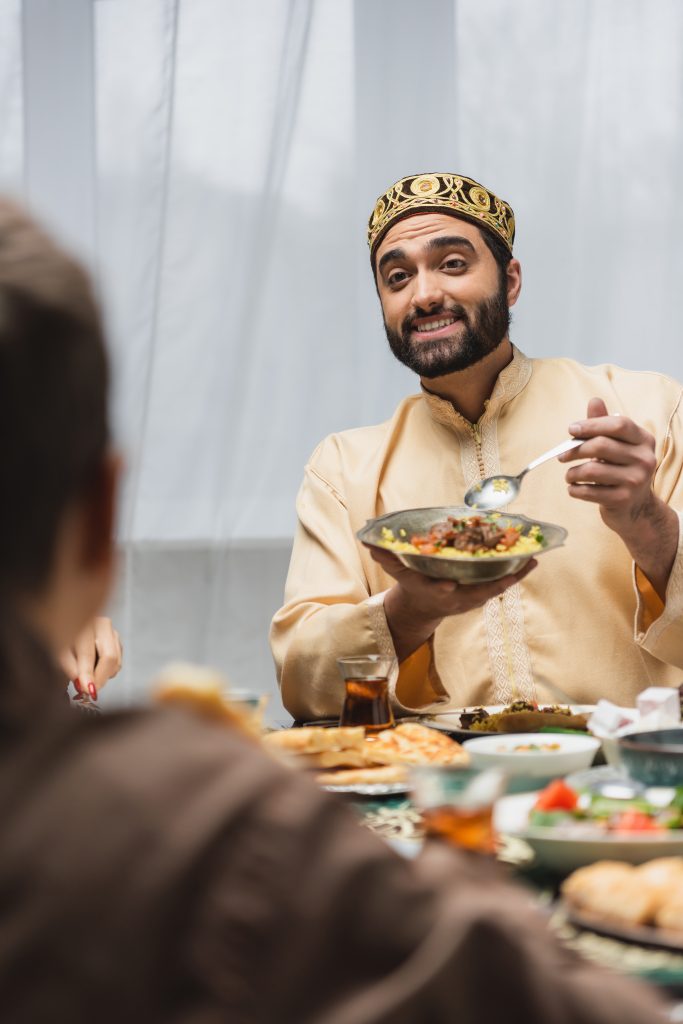
What if your next favorite comfort food came from across the globe—but felt like home?
Middle Eastern cuisine is taking root in Canada, offering more than just bold spices and delicious dishes. It’s a reflection of tradition, family, and togetherness. From shawarma shops to elegant mezze platters, this food tells the story of a region—and the people who bring its flavors to Canadian tables.
For generations, food has been at the heart of Middle Eastern life. Meals are meant to be shared, passed around, and enjoyed slowly. In homes and restaurants alike, hospitality is served first—often with warm bread, olive oil, and stories. As more Canadians discover the richness of Middle Eastern food, they’re not just tasting new flavors; they’re experiencing a culture built on connection.
Before diving into popular dishes and signature spices, it helps to understand what Middle Eastern cuisine truly means. It’s not a single style of cooking, but rather a rich mosaic of food cultures that stretch from the eastern Mediterranean to the Arabian Peninsula and parts of North Africa. Despite their differences, these regions are united by a shared approach to food—one that emphasizes hospitality, balance, and deep flavor.
Middle Eastern food traces its roots to some of the world’s oldest civilizations—Mesopotamia, ancient Egypt, Persia, and the Levant. As trade routes crossed through the region, ingredients and cooking techniques spread and evolved, creating a diverse but interconnected culinary landscape.
The very chickpeas ground into the hummus Canadians enjoy today have a lineage stretching back to ancient Mesopotamia. Olive oil, dates, wheat, and lentils formed the foundation of everyday meals, while spices like cumin and cinnamon added warmth and depth.
Today, those ancient influences live on in recipes passed down through generations—still prepared with the same care, storytelling, and tradition that shaped them centuries ago.
One of the most fascinating aspects of Middle Eastern cuisine is its regional diversity. Levantine dishes from Syria, Lebanon, Jordan, and Palestine often feature bright salads like tabbouleh, creamy dips like labneh, and charcoal-grilled meats layered with garlic and herbs.
In the Gulf region, aromatic, slow-cooked rice dishes like kabsa and machboos take center stage, often fragrant with cardamom, saffron, and dried lime. Egyptian cuisine leans into earthy flavors and hearty street foods like ful medames and ta’ameya (Egyptian falafel), while Persian cuisine brings in delicate herbs and complex, slow-simmered stews, balancing sweet and sour notes with ingredients like pomegranates and dried apricots.
Despite their differences, these regional kitchens share a love of bold flavors, generous spices, and the joy of eating together.
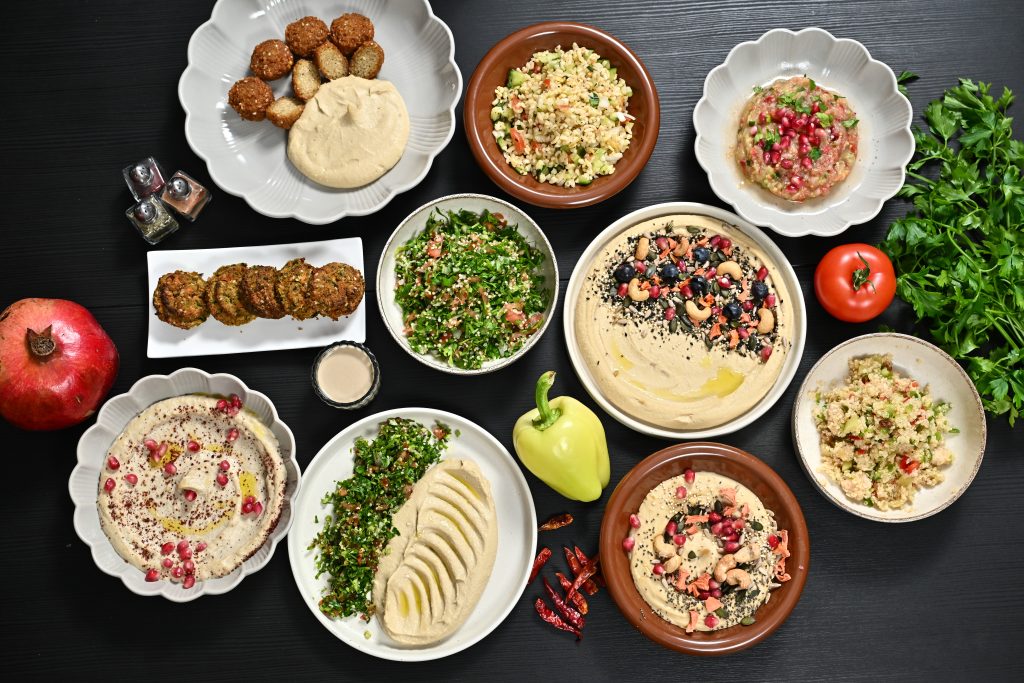
Middle Eastern food is built on contrasts—light and hearty, smoky and fresh, simple and deeply layered. It’s a cuisine designed for sharing, where small dishes often come together to form a generous spread. For Canadians discovering Middle Eastern flavors, there are certain staples that appear again and again, each one offering a gateway to the region’s warmth and richness.
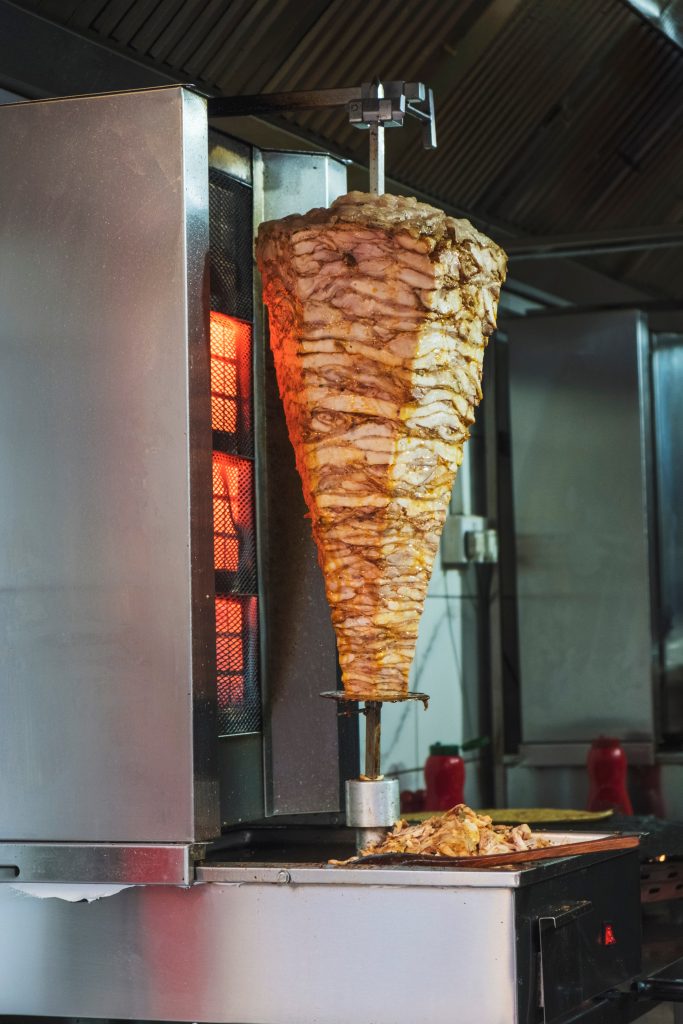
Some dishes have become global icons—and for good reason. Hummus, made from blended chickpeas, tahini, lemon, and garlic, is smooth, creamy, and versatile. Falafel, those crispy golden balls of spiced chickpeas or fava beans, are often tucked into pita bread with vegetables and sauces.
Shawarma—a street food favorite—is made by slicing marinated meat from a rotating spit, often wrapped in warm flatbread with garlic sauce or tahini. Meanwhile, tabbouleh and fattoush offer refreshing salads, bursting with herbs, lemon, and olive oil.
On the heartier side, you’ll find kebabs and kofta—grilled skewers of spiced meat—served alongside rice or flatbread. Dishes like mansaf (a Jordanian lamb and yogurt rice dish), maqluba (a layered upside-down rice meal), and mujaddara (lentils with caramelized onions) showcase the home-cooked soul of the cuisine.
No Middle Eastern meal is complete without a touch of sweetness. Baklava, the flaky pastry layered with nuts and syrup, is perhaps the most famous. But there’s also kunafeh, a warm dessert made with cheese or cream and crispy shredded dough, soaked in orange blossom syrup.
During holidays and celebrations, families gather to prepare ma’amoul—semolina cookies filled with dates or nuts—often using molds passed down from older generations. You’ll also find halva, basbousa, and rice pudding, each with its own comforting, nostalgic flavor.
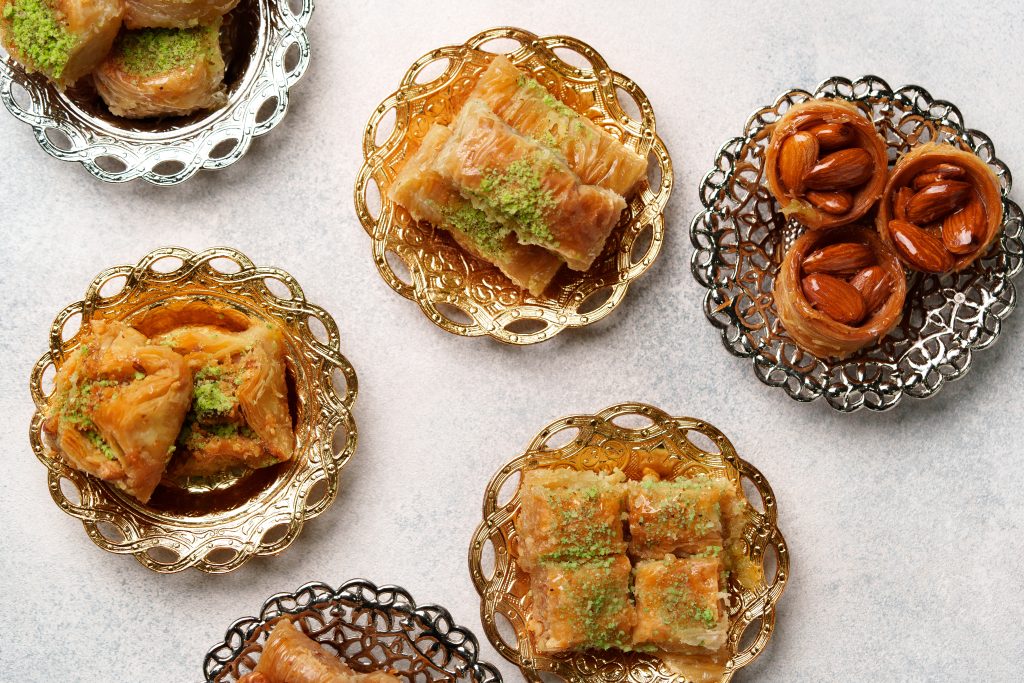
Bread isn’t just a side—it’s the foundation. Pita, markouk, and saj are served warm and used to scoop, wrap, or dip. On most Middle Eastern tables, you’ll find a variety of spreads and dips: labneh (strained yogurt), za’atar with olive oil, baba ghanoush, and of course, hummus.
These small plates, often served together as mezze, aren’t just appetizers—they’re a way to welcome guests and slow down the meal, turning eating into a shared experience.
What gives Middle Eastern food its unforgettable flavor? It’s the spices—not just one or two, but complex blends that add warmth, depth, and personality to every bite. These aren’t spices used to overpower, but to enhance, balance, and awaken the senses. From slow-cooked stews to simple salads, spice is what brings Middle Eastern cuisine to life.
At the heart of many dishes is cumin—earthy, grounding, and essential to lentil soups, rice, and meatballs. Sumac, with its tangy red hue, is sprinkled over onions, salads, and even grilled meats, offering a citrus-like brightness without any lemon.
Za’atar deserves special mention. This beloved spice mix—typically made from thyme, sumac, sesame seeds, and salt—is more than seasoning; it’s part of a ritual. It’s stirred into olive oil for breakfast, sprinkled on flatbread, or rubbed onto roast chicken.
Other defining spices include:
What unites all these spices isn’t just taste—it’s memory. For many Middle Eastern families, each blend is specific to a grandmother, a city, or a holiday. These spices don’t just flavor food—they tell stories.
In Middle Eastern culture, food is never just about eating—it’s about gathering, sharing, and honoring. A meal is a moment to slow down, reconnect with loved ones, and show generosity to guests. These traditions are passed from one generation to the next, turning simple recipes into powerful symbols of identity and belonging.
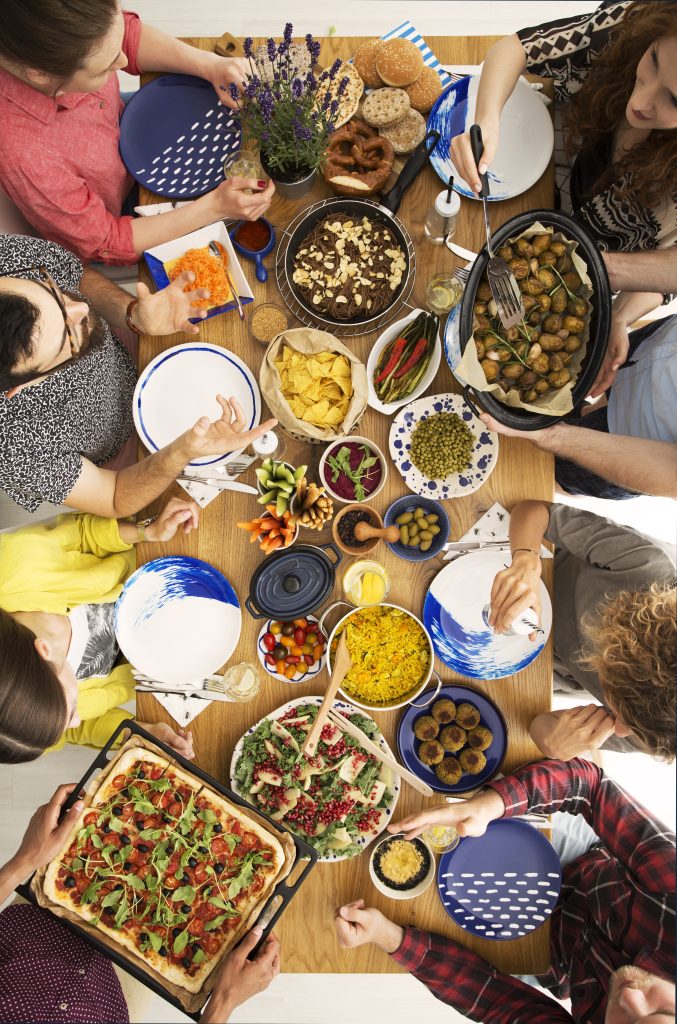
In many Middle Eastern homes, meals are prepared with the expectation that they will be shared—not in silence, but with conversation, laughter, and stories. Large plates are placed in the center of the table, encouraging everyone to dig in together.
There’s no rigid formality—just a deep respect for the act of coming together. Elders are often served first, and guests are treated like family. Even in modest homes, visitors are welcomed with warm bread, olive oil, tea, and whatever food is available—because hospitality is a duty, not an option.
This spirit of generosity carries into every meal, whether it’s a casual breakfast with labneh and olives or a festive Friday lunch of lamb and rice. In Middle Eastern tradition, feeding someone is one of the most meaningful ways to show love.
Holidays and family occasions are centered around food. During Ramadan, families break their fast with dates, soup, and rich evening meals. Suhoor—the pre-dawn meal—is lighter but filled with purpose. Eid brings sweet treats like ma’amoul and large trays of shared dishes.
Weddings, births, and even funerals involve food—not just as sustenance, but as a way to support and unite the community. Each event comes with its own flavors and traditions, often prepared in large quantities to serve neighbors, friends, and extended family.
Whether joyful or solemn, food is always present—anchoring people to their roots, and to each other.
As Canada’s culinary landscape becomes more diverse, Middle Eastern restaurants are gaining well-deserved recognition. What once may have been considered “ethnic food” is now a familiar part of the Canadian dining experience—thanks to immigrant communities, second-generation chefs, and a growing appetite for flavorful, wholesome meals.
These restaurants aren’t just places to eat—they’re cultural ambassadors, offering a warm welcome to anyone curious enough to try something new.
Middle Eastern food checks all the right boxes: it’s flavorful, nutritious, shareable, and affordable. Many dishes are naturally vegan or vegetarian, built around grains, legumes, and vegetables—making them perfect for modern health-conscious eaters. Others feature grilled meats and fragrant rice, appealing to those who love bold, satisfying meals.
What also draws people in is the experience: dipping warm bread into creamy hummus, sipping mint tea after a meal, or enjoying the smoky aroma of freshly grilled kebabs. It’s not just about food—it’s about how food is served, shared, and celebrated.
From casual shawarma spots to upscale Levantine bistros, Middle Eastern restaurants have found a home in cities across Canada. In Toronto, neighborhoods like Scarborough and Mississauga offer some of the country’s best falafel, manakish, and lamb dishes. Ottawa, Montreal, Calgary, and Vancouver each have vibrant scenes of their own, shaped by Lebanese, Syrian, Iraqi, Palestinian, and Persian communities.
These restaurants range from family-owned diners to contemporary kitchens run by young chefs blending tradition with innovation. No matter the setting, what stays constant is the spirit of Middle Eastern hospitality—warm, welcoming, and full of flavor.
Middle Eastern cuisine is more than food—it’s a reflection of history, identity, and the deep human need to connect. Every dish, whether it’s a humble bowl of lentils or a lavish platter of grilled meats, carries with it a story of place, people, and tradition.
In Canada, where diversity is celebrated at the table, Middle Eastern food has found fertile ground to grow. As more Canadians explore these flavors—whether through restaurants, family kitchens, or local festivals—they’re not just discovering a new cuisine. They’re embracing a culture that values community, generosity, and the simple joy of sharing a meal.
So next time you dip your bread into olive oil and za’atar, or unwrap a shawarma bursting with spice, know that you’re tasting more than just food. You’re tasting centuries of tradition—and the warmth of a Middle Eastern family table.